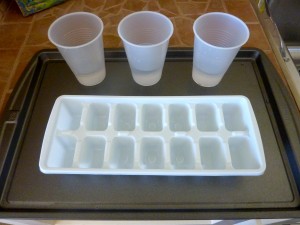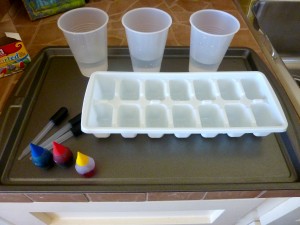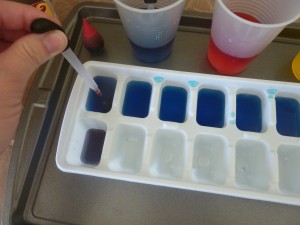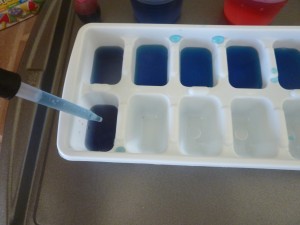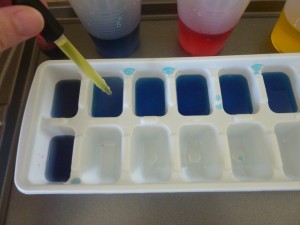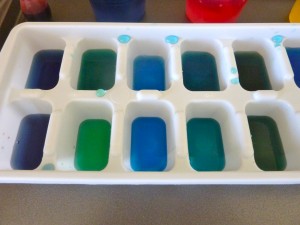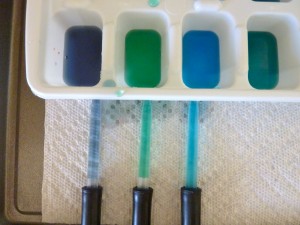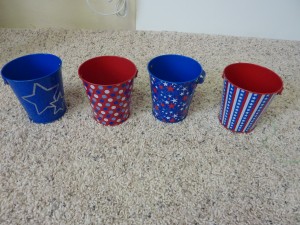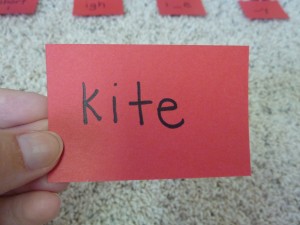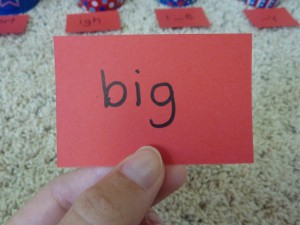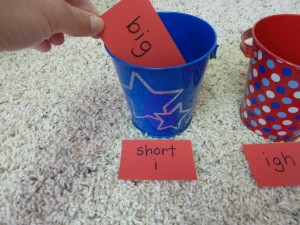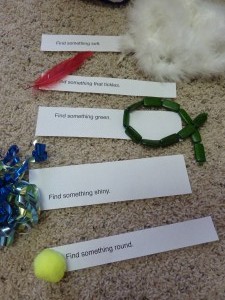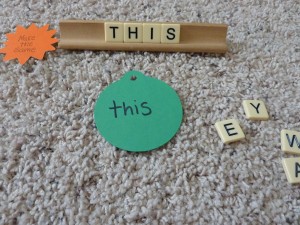This morning I woke, checked my email and went on to Facebook. I do this every morning as part of my routine but this morning someone in the Apraxia-Kids group referenced a poem called “Welcome To Holland.” How have I never heard or seen this beautifully stated poem before? I love this – thank you Emily Perl Kingsley for putting into words what I feel.
You may have already seen this but I figured it was worth it to share on the off-chance that you hadn’t seen it either. If you have, read it again and give yourself some props for all of the awesome things that you do for your child. If you are a caregiver, teacher, therapist, know that this is what we are feeling and going through and that you help to make a huge difference for us and our children. We know they are not always easy (who is 24/7?) but they are our babies (no matter what age they are) and we love them more than anything.
WELCOME TO HOLLAND
by
Emily Perl Kingsley.
c1987 by Emily Perl Kingsley. All rights reserved
I am often asked to describe the experience of raising a child with a disability – to try to help people who have not shared that unique experience to understand it, to imagine how it would feel. It’s like this……
When you’re going to have a baby, it’s like planning a fabulous vacation trip – to Italy. You buy a bunch of guide books and make your wonderful plans. The Coliseum. The Michelangelo David. The gondolas in Venice. You may learn some handy phrases in Italian. It’s all very exciting.
After months of eager anticipation, the day finally arrives. You pack your bags and off you go. Several hours later, the plane lands. The stewardess comes in and says, “Welcome to Holland.”
“Holland?!?” you say. “What do you mean Holland?? I signed up for Italy! I’m supposed to be in Italy. All my life I’ve dreamed of going to Italy.”
But there’s been a change in the flight plan. They’ve landed in Holland and there you must stay.
The important thing is that they haven’t taken you to a horrible, disgusting, filthy place, full of pestilence, famine and disease. It’s just a different place.
So you must go out and buy new guide books. And you must learn a whole new language. And you will meet a whole new group of people you would never have met.
It’s just a different place. It’s slower-paced than Italy, less flashy than Italy. But after you’ve been there for a while and you catch your breath, you look around…. and you begin to notice that Holland has windmills….and Holland has tulips. Holland even has Rembrandts.
But everyone you know is busy coming and going from Italy… and they’re all bragging about what a wonderful time they had there. And for the rest of your life, you will say “Yes, that’s where I was supposed to go. That’s what I had planned.”
And the pain of that will never, ever, ever, ever go away… because the loss of that dream is a very very significant loss.
But… if you spend your life mourning the fact that you didn’t get to Italy, you may never be free to enjoy the very special, the very lovely things … about Holland.
I love this!! There are times when I read about all of the things that typically developing children in Italy are doing and sometimes I feel a twinge of “Oh, I wonder what that’s like?” but then I remember that everyone’s normal is different and while things may appear perfect on the surface, everyone has their own struggles.
My life with an autistic child and anxious, toothless dog pretty much means lots of deep breaths, soothing music and laughing at the ridiculous-ness of what goes on in my Holland sometimes (My dear sister frequently tells me that she thinks I am being “punked” because of the things that crop up- kind of like a never ending game of “Whack-A-Mole”- can you relate? 🙂 ). My life is full of twists and turns that help to keep me growing and also makes things quite interesting. My Holland is never boring and I wouldn’t want to be anywhere else! It is from the most challenging experiences and times that I have learned the most about who I am and who I was meant to be in this world.Â
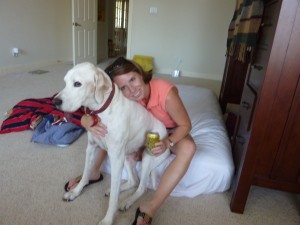
I am grateful because I see and appreciate the pure, innocent joy in my 8-year old son’s face when he sees a really awesome ceiling fan or the smirk of his smile when he finally “gets” something like the tooth fairy and know that he is the child I was always meant to have. He is the most fabulous Andrew that I know and I love him more than anything. Â
Engage, Encourage and Empower!
